
Premium starting ₹395
100% Claims Settled (FY 24-25)


Premium starting ₹395
100% Claims Settled (FY 24-25)


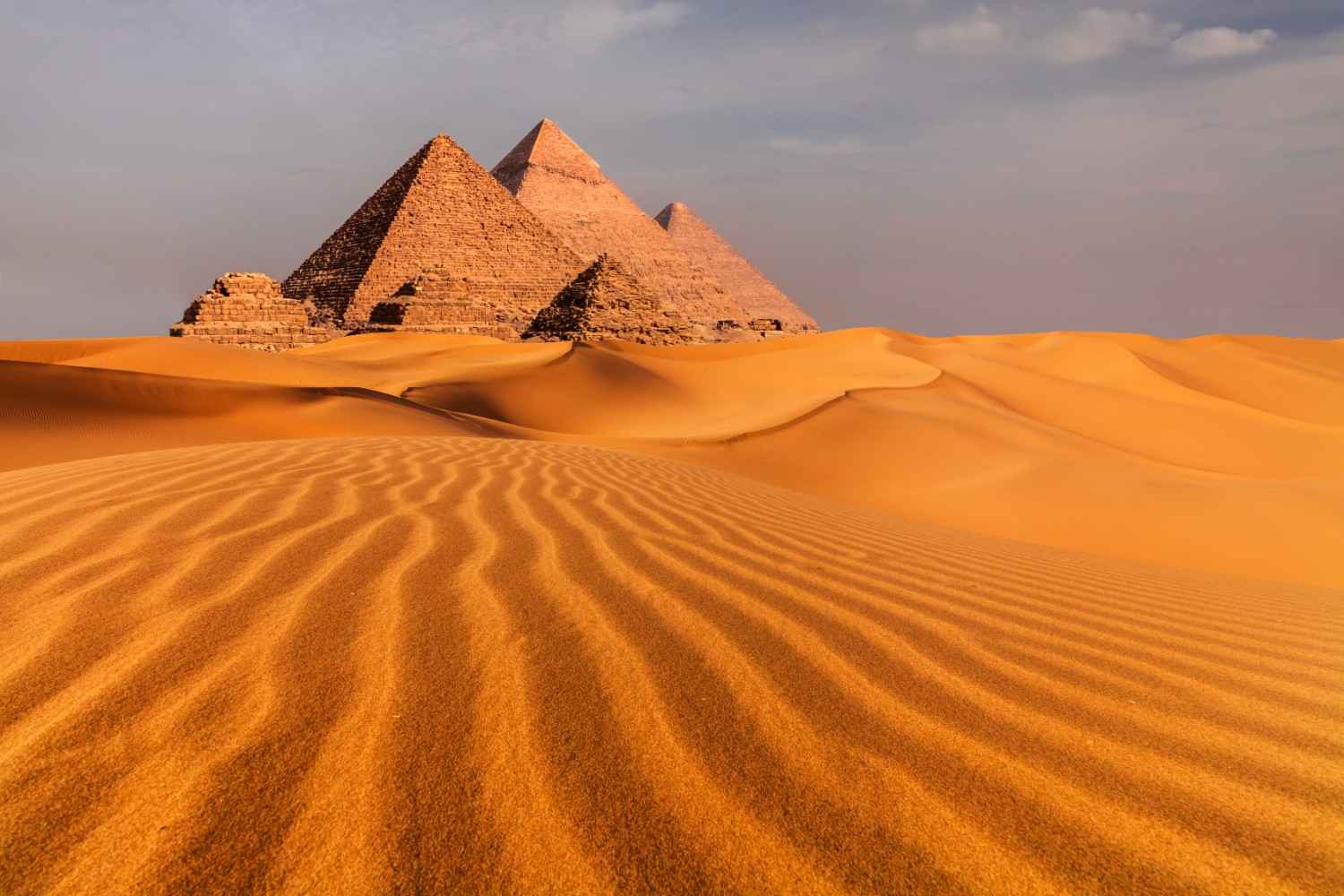
Located in the northeastern part of Africa, Egypt is home to one of the world's earliest and greatest civilisations. Dating back to 5500 BC, Egypt was once ruled by the pharaohs. Later, the country became an important outpost for the Greek and Roman empires.
Needless to say, Egypt is heaven for tourists who travel to this country to seek splendid landmarks from the world's classic civilisations and stunning archaeological structures.
If you want to explore the rich heritage of this country, you must visit the 7 UNESCO World Heritage Sites in Egypt. Let’s discover what these heritage sites are famous for.
Currently, there are a total of 6 cultural and 1 natural world heritage sites in Egypt, as listed below:
The following are all the cultural world heritage sites, sorted according to the year of inclusion:
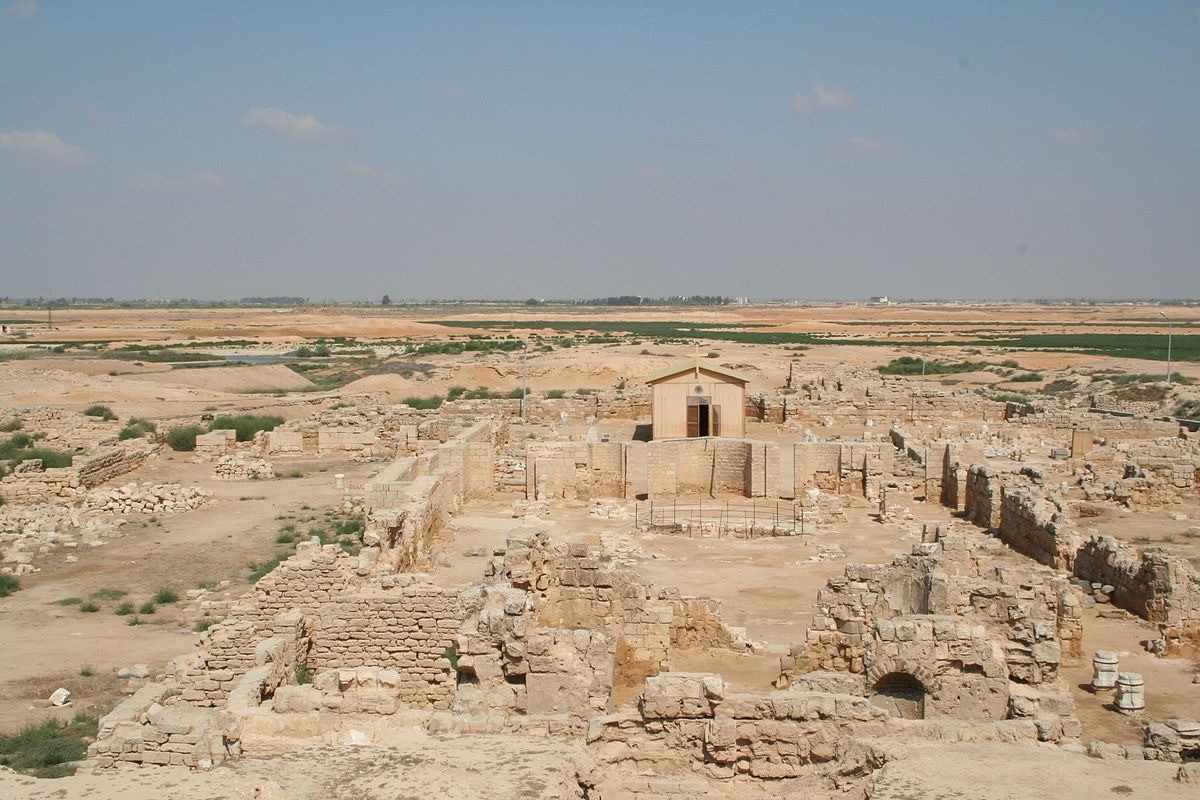
The amazing Abu Mena is a significant town, a monastery complex and remnants of an early Christian holy city dating to the 4th and the 5th centuries AD. Located in New Borg El Arab city in the southwest region of Alexandria, this place was believed to be the birthplace of Siant Menas, a Christian martyr.
This site consists of several well-preserved churches which include - the Great Basilica, Church of Saint Menas, Church of Saint George and Church of the Martyrs.
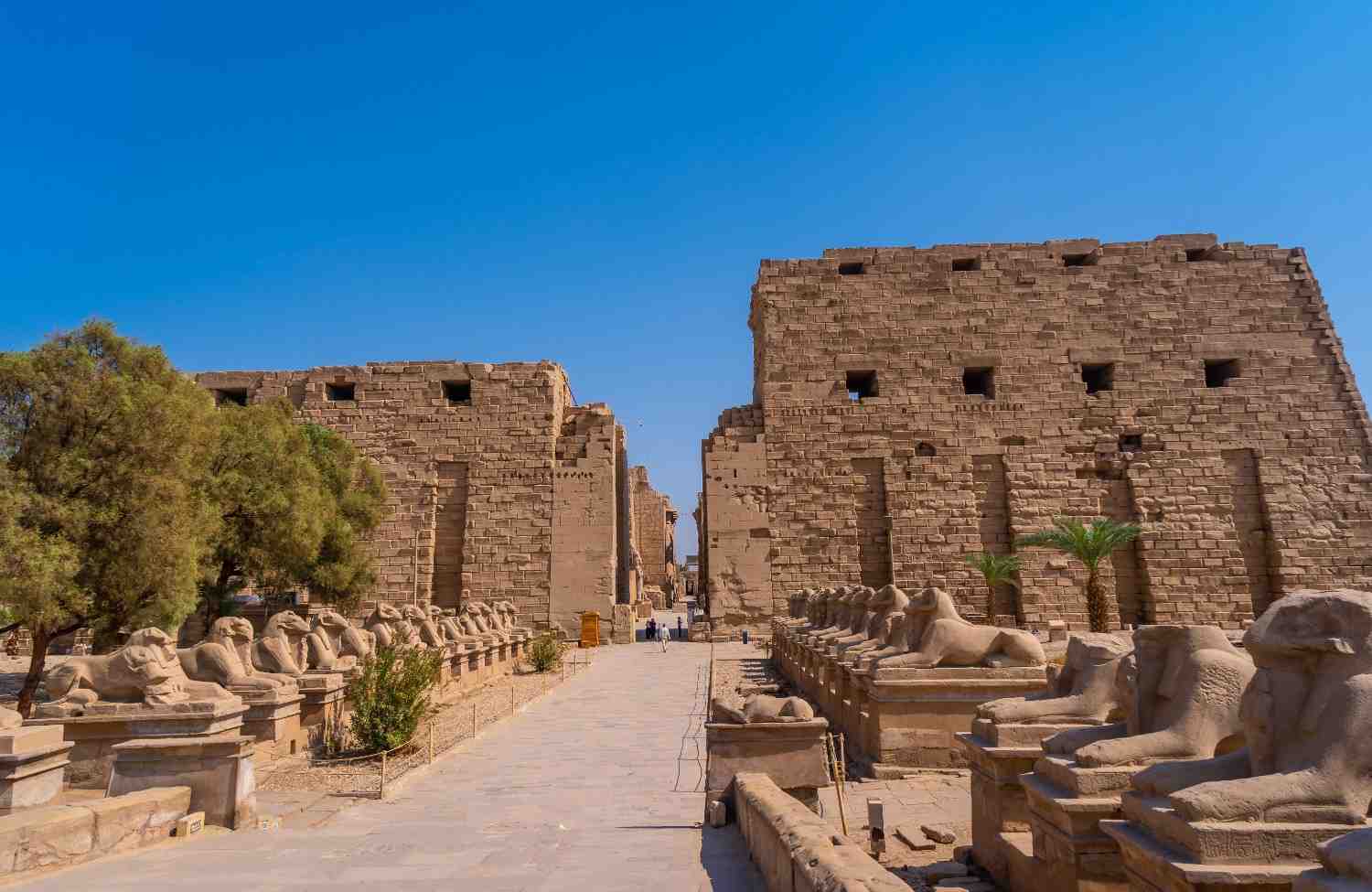
One of the most beautiful attractions that you will find in Egypt is the marvellous Ancient Thebes with its Necropolis. One of the most distinguished cities from the Middle Kingdom, you will find several ancient Egyptian monuments that were built during the New Kingdom (c.1550–1069 BC).
You will find Sphinx Avenue, a significant archaeological structure and temples on both sides of the river Nile. of the ancient city of Thebes.
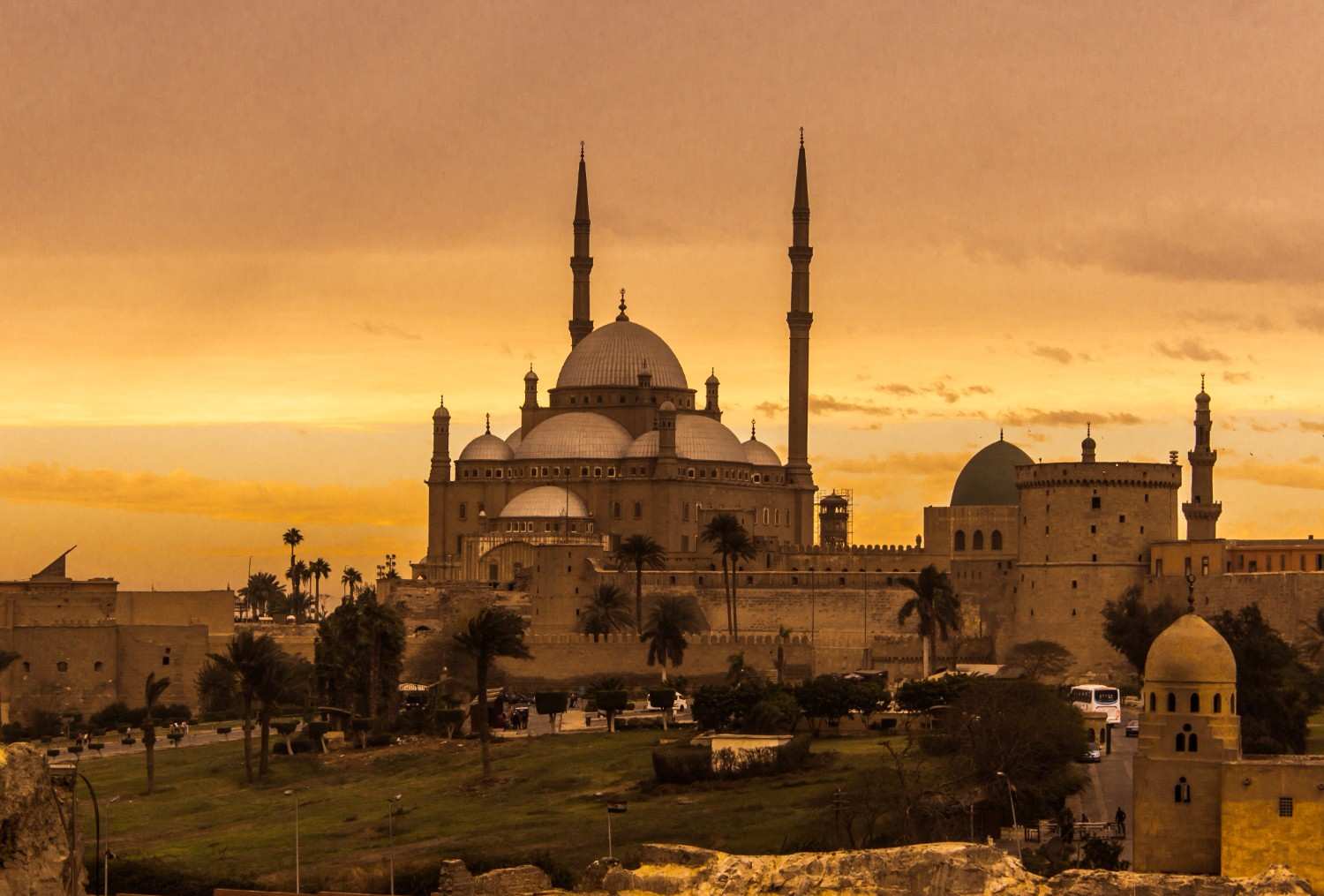
Historic Cairo or Medieval Cairo, one of the significant UNESCO sites in Egypt, is the centre of the Islamic world, filled with an unfathomable history from the Islamic period. Its unique architecture and cultural significance allowed it to earn the title of a World Heritage Site.
Here, you will find several mosques, fountains, hammams and other splendid constructions. This site covers an area of approximately 160 hectares and encompasses several significant Coptic and Islamic monuments.
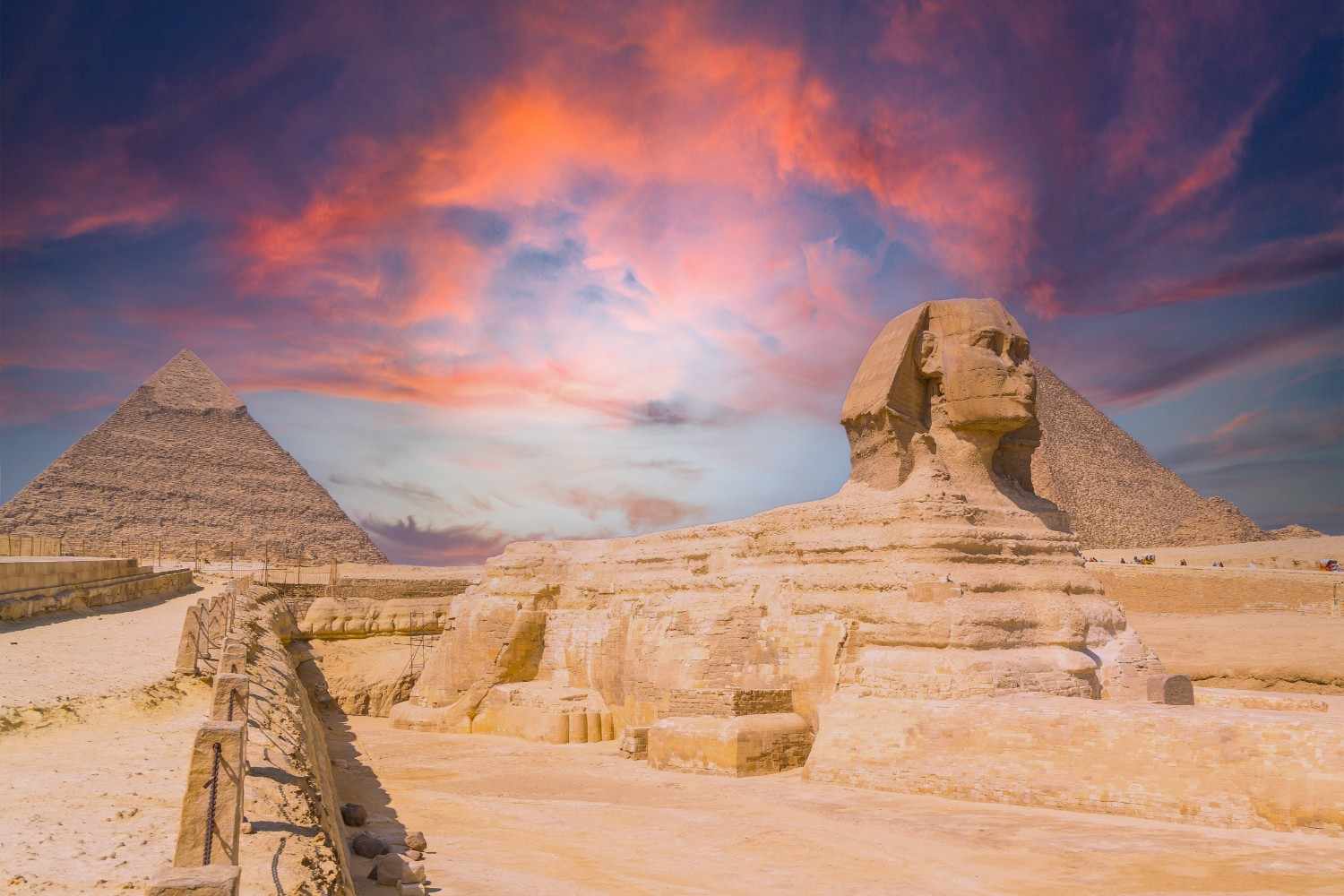
Memphis and its Necropolis gained the reputation of being a World Heritage Site due to its exceptional historical and cultural significance. The land of living miracles in Egypt, the ancient city of Memphis was the capital of Egypt during the Old Kingdom era.
Travelling 30 km from Memphis are ornate mastabas, temples and rock tombs. Additionally, there are pyramids found in Dahshur, Giza, Saqqara and Abusir complexes that highlight the high level of architectural knowledge and mathematical and engineering brilliance of the Egyptians.
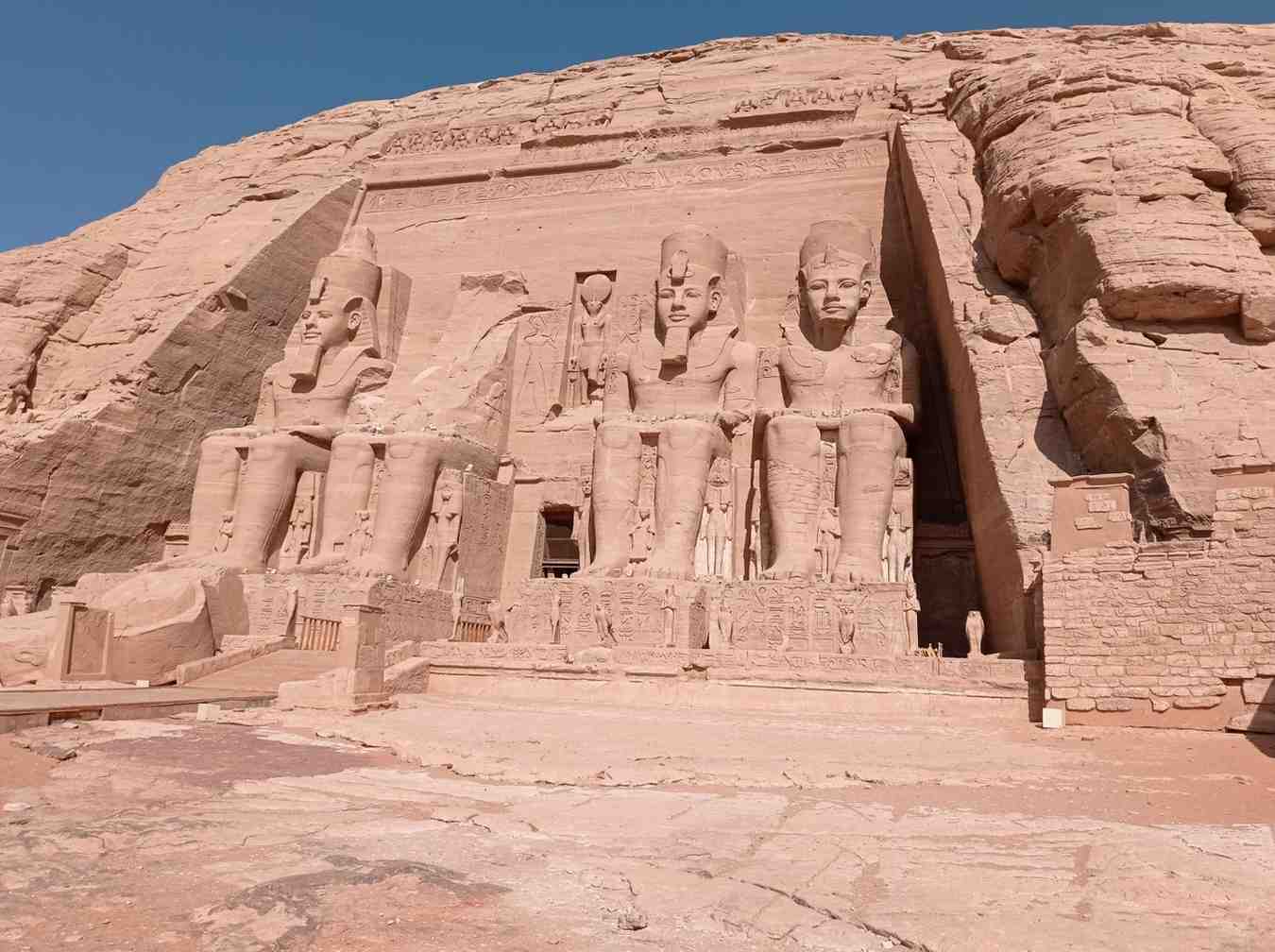
Nubian Monuments from Abu Simbel to Philae stand between the geographical region of Northern Sudan and Southern Egypt. The site allows valuable insights into the cultural and religious practices of ancient Nubia and its relationship with other ancient civilisations such as Greece and Egypt.
Here, you can witness the ancient city of Elephantine ruins, the temples of Ramesses II in Abu Simbel, the Temple of Amada, Wadi Sebua, Philae Temple, Kalabsha Temple, the unfinished obelisk in Aswan, the Monastery of St Simeon, etc.

Saint Catherine Area is a marvellous Eastern Orthodox Christian monastery found at the foot of Mount Sinai. Established between 548 and 565 AD by Emperor Justinian I this place was home to the burning bush of Moses.
In the location, you will find several relics belonging to Saint Catherine. The Saint Catherine Area consists of multiple natural and cultural sites that include the Sinai Desert, Jebel Musa and Mount Sinai.
Below is the natural world heritage site, sorted according to the year of inclusion:
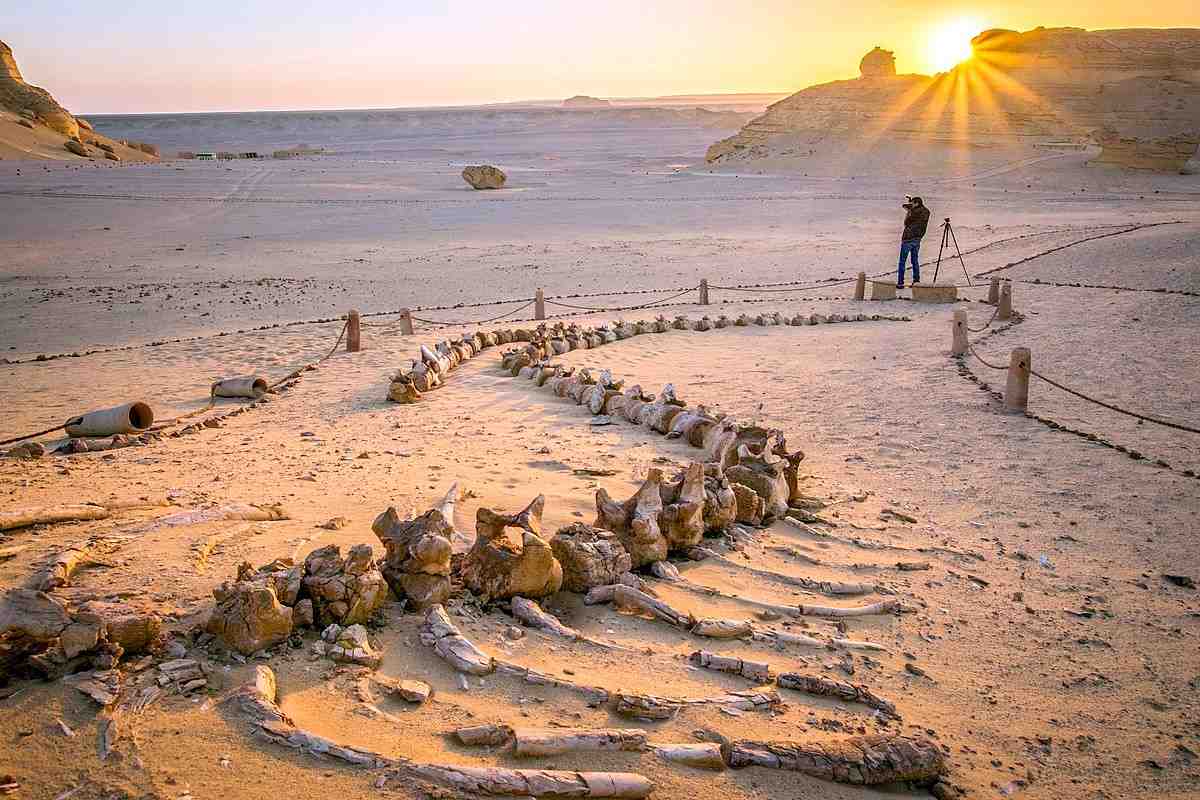
Wadi Al-Hitan or the Valley of Whales is a lovely paleontological attraction located on an area of 49,460 acres. This site consists of several archaeometry fossils, an extinct sub-order of whales that allowed to unlock the mysteries of the evolution of whales.
Besides, Wadi Al-Hitan comprises remains of other ancient marine life. It includes turtles, sharks, rays, plants and trees that once bloomed along the ancient coastlines.
As per UNESCO, a site must have the below-mentioned criteria, which makes it eligible for the title of a World Heritage Site: